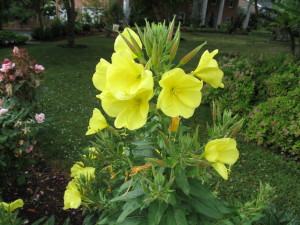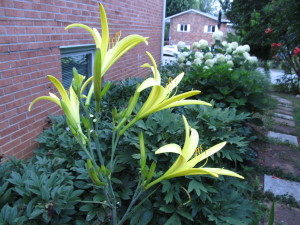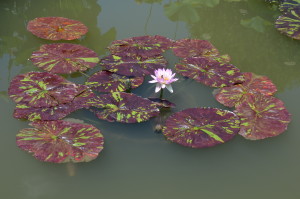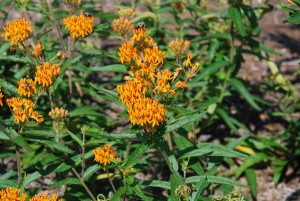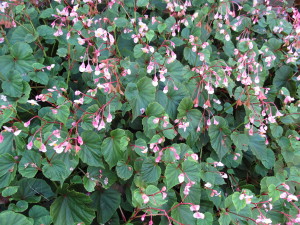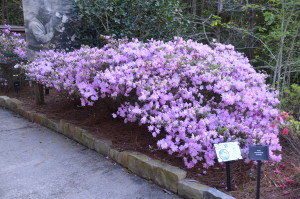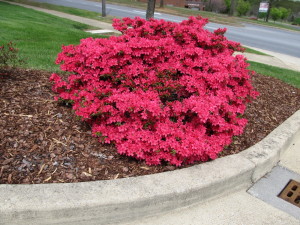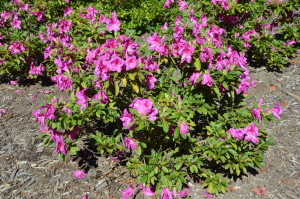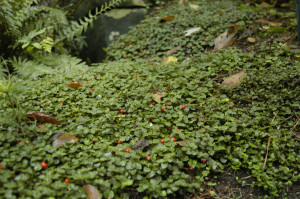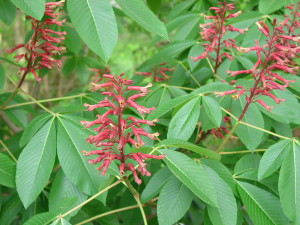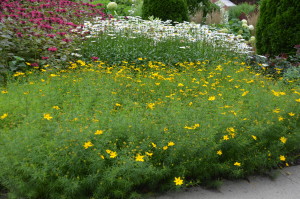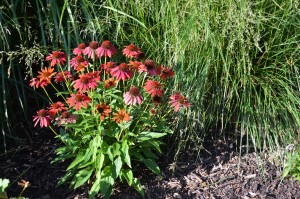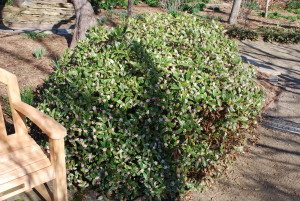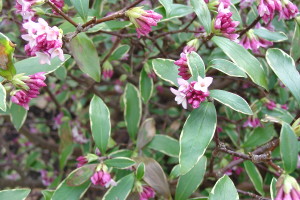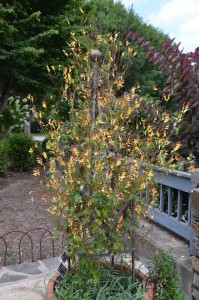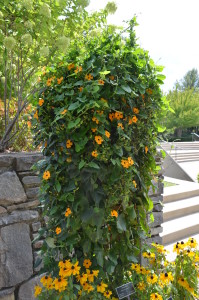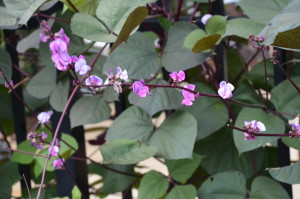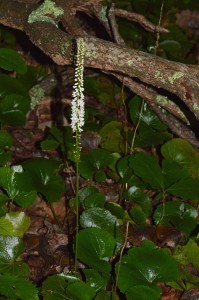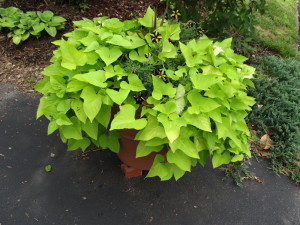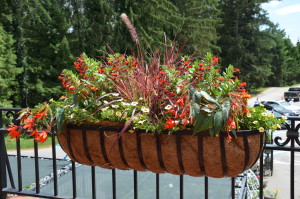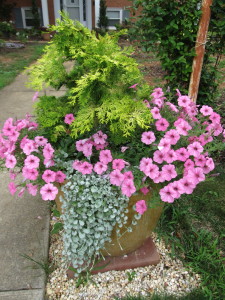If you are working away from home all day long, you might consider growing a few plants that bloom at night. Here’s a short list of plants whose flowers will add beauty to your evening garden:
Evening Primrose (Oenothera glazioviana) – this biennial grows 1-5 feet tall. Plant(s) are basal growing in year one and produce sturdy floral stems the second year. Bright lemon yellow 1 inch diameter blooms are 4-petalled and flower in June and July (in Tennessee). Previous evening blooms decline in late morning.
Citron Daylilies (Hemerocallis citrina) – an evening blooming daylily species whose large bright yellow blooms unfurl on tall flower scapes. Leaves are dark green and very grass-like. Flowers are also highly scented. Clumps do not require dividing for several years. Daylilies prefer full sun and moist well-drained soil.
Moonflower (Ipomoea alba) – showy night blooming vine with heart shaped leaves (annual; zones 9 – 11). Flowers are lightly fragrant; prefers full sun and moist well-drained soil.
Four O’ Clocks (Mirabilis jalapa) – popular flowering annual (zones 8 – 11). True to its name, blooms open late afternoon in full sun to partial shade; lightly fragrant flowers available in yellow, pink, purple, red and white. Plants grow 1.5 to 2.5 feet high and wide and flower from mid-summer into early fall.
Night-flowering Catchfly (Silene noctiflora) – has perfect flowers (both male and female parts), narrower petal lobes, capsules with 6 teeth, and sticky hairs. While both species bloom at night, Night-flowering Catchfly starts closing up in earlier morning while White Campion (Silene latifolia) flowers stay open until noon, and even later on cloudy days (zones 5-9).
Night Blooming Jasmine (Cestrum nocturnum) – a tropical shrub (zones 9 – 11) with non-distinctive white, star-shaped tubular flowers which are strongly fragrant, at times overpowering. Grow outdoors on a deck or patio in full sun and bring back indoors once evening temps drop below 45°F.
Night Blooming Cereus (Epiphyllum oxypetalum) – this member of the Orchid Cactus family requires a period of dryness and cool nighttime temperatures during winter to insure summer bloom. Pure white flowers, the size of a dinner plate, open soon after the sun goes down, remains open all night, and closes the following morning. Blooms are spectacular and highly fragrant. off and on through the summer months.
Night-blooming Tropical Waterlilies (Nymphaea spp.) are easily distinguished from hardy water lilies in that their leaves are serrated or jagged. Tropical lilies come in day blooming and night blooming varieties. Day blooming varieties open several hours after sunrise and close a few hours before sunset. Night blooming varieties open 1-2 hours before sunset and remain open a few hours after sunrise.
These plants are visited nightly by such pollinators as moths, butterflies, bees, bats, and occasionally hummingbirds.

